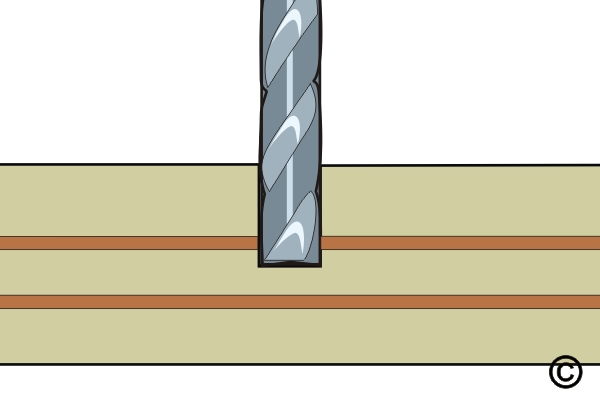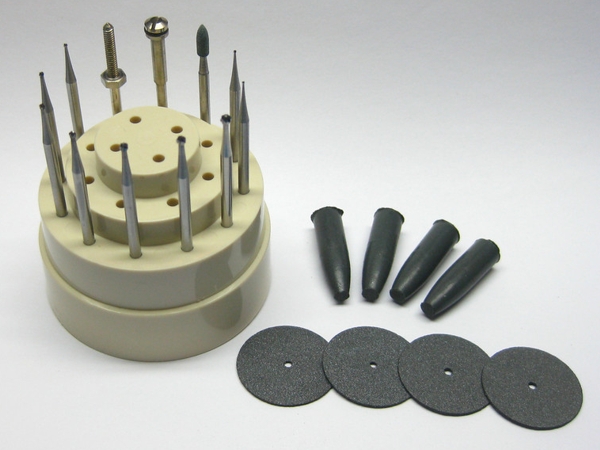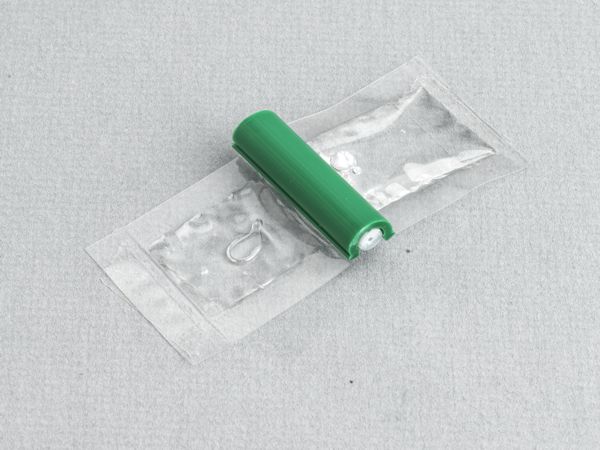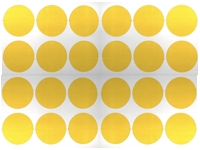|
Outline
This method is used to sever a circuit or short. A small section of the circuit is removed, forming a break. The width of the break should be at least as wide as the minimum conductor spacing. The Precision Drill System is used with a carbide end mill. This method is recommended for surface or inner layer circuit cuts. After milling, the area is sealed with epoxy.
|
|||||||||||||||||||||||||||||||||||||||||
|
Procedure
Procedure
Evaluation
|
|||||||||||||||||||||||||||||||||||||||||
Images and Figures
Circuit Cut, Inner Layer Circuits

Figure 1. Precision Drill System with base plate to pin circuit board in position while cutting circuits.

Figure 2. Mill into circuit board at proper coordinates to cut inner layer circuits as required.

Figure 3. Fill the milled hole with epoxy up to and flush with the surface.

Figure 4. Completed repair.
|
|||||||||||||||||||||||||||||||||||||||||
4.3.2 Circuit Cut, Inner Layer Circuits
Procedure covers method to cut inner layer conductors and circuits on circuit board assemblies.
Minimum Skill Level: Advanced
Conformance Level: High
REQUEST FOR QUOTE GUIDES INDEX

Circuit Cut, Inner Layer Circuits

Precision Drill System with base plate to pin circuit board in position while cutting circuits.

Mill into circuit board at proper coordinates to cut inner layer circuits as required.

Fill the milled hole with epoxy up to and flush with the surface.

Completed repair.

This versatile tool is ideal for milling, drilling, grinding, cutting, and sanding circuit boards.
LEARN MORE

This clear, low-viscosity, superior-strength epoxy is ideal for many circuit board repair and rework uses.
LEARN MORE

We're here to help with all your challenging circuit board and electronic component rework and repair needs.
LEARN MORE
SLIDESHOW STARTING
❮
❯



















